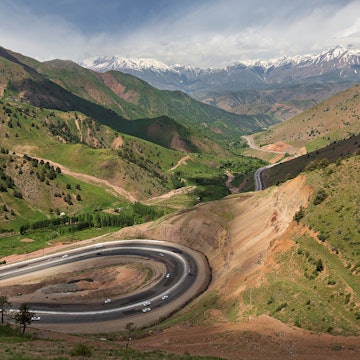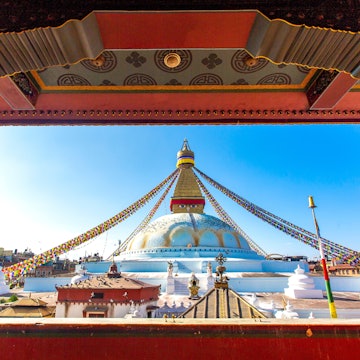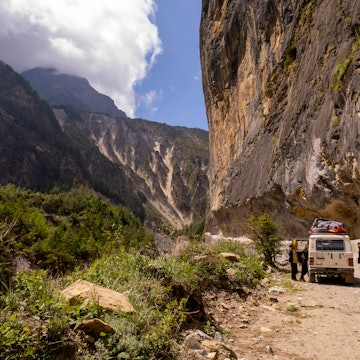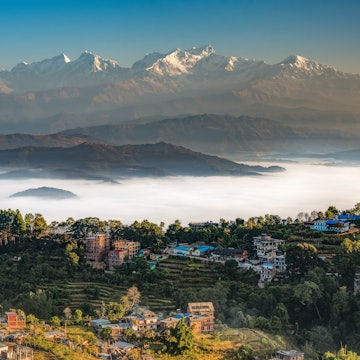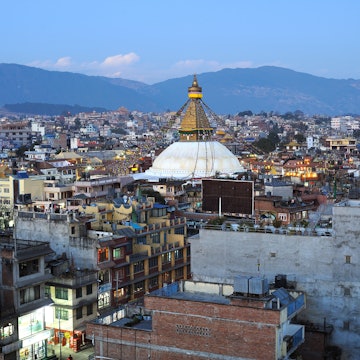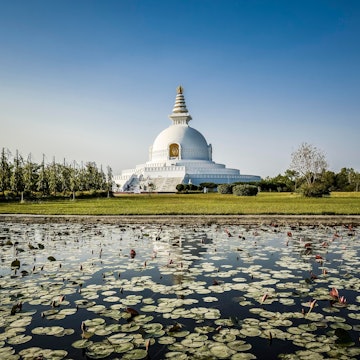

With tips on everything from buying train tickets to riding in autorickshaws, we'll help you find your way around India.
India serves up travel onalle a massive scale. How massive? Well, here are some numbers. India's 28 states and 8 union territories cover nearly 3.8 million sq km, and the distance from the far north of Ladakh to the southern tip of Tamil Nadu is more than 3200km (1988 miles) – greater than the distance from London to Istanbul.
Needless to say, getting from one end of this vast country to the other takes some time and effort. Luckily, India’s magnificent rail network is on hand to do much of the heavy lifting, with more than 13,000 trains running daily on 68,103km (42,317 miles) of track, carrying a staggering 8 billion passengers per year.
Every journey by train is backed up by thousands of journeys by bus, 4WD, taxi and rickshaw. Saving you time (but not carbon emissions), low-cost flights connect every corner of the country, from the temple towns of South India and the historic cities of the northern plains to tiny mountain airstrips high in the Himalayas.
Whatever you plan to do and see while in India, here’s our guide to getting around a country that's almost big enough to be a continent.

Taking the train is the most evocative way to explore India
Traveling by train in India is the most atmospheric way to explore the country, even accounting for the aging facilities on some parts of India’s vast rail network. Fare are extremely pocket-friendly and trains connect almost every corner of the country, including several charmingly nostalgic “toy trains” that run high into the foothills of the Himalayas on narrow-gauge tracks. Recently, high-speed Vande Bharat trains have started appearing on routes between major cities, offering a step up in comfort and convenience, with wide aisles, modern toilets and powerful air-conditioning.
Indian Railways operates almost all of the nation’s trains, which are identified by name and number, as well as by the category of service. Most trains are classified as Express, Passenger or Mail – Express services are best, as there are fewer stops at minor stations to slow things down. For fast journeys, seek out Vande Bharat trains connecting major hubs, Rajdhani Express trains connecting Delhi to other state capitals, or Shatabdi Express and Duronto Express trains zipping between India’s largest cities.
Planning Tip: Always make sure you are clear about the departure and arrival station for your journey. Many cities have multiple stations – often a city and "cantonment" stop, from the days when trains served colonial army barracks as well as urban hubs. For some destinations, the nearest station may be in a nearby town with a completely different name. If you can't reach your destination directly, see if there's a connecting train – you may be able to get there with a change in a blink-and-you'll-miss-it town that you’ll only visit for as long as it takes to jump across the platform.
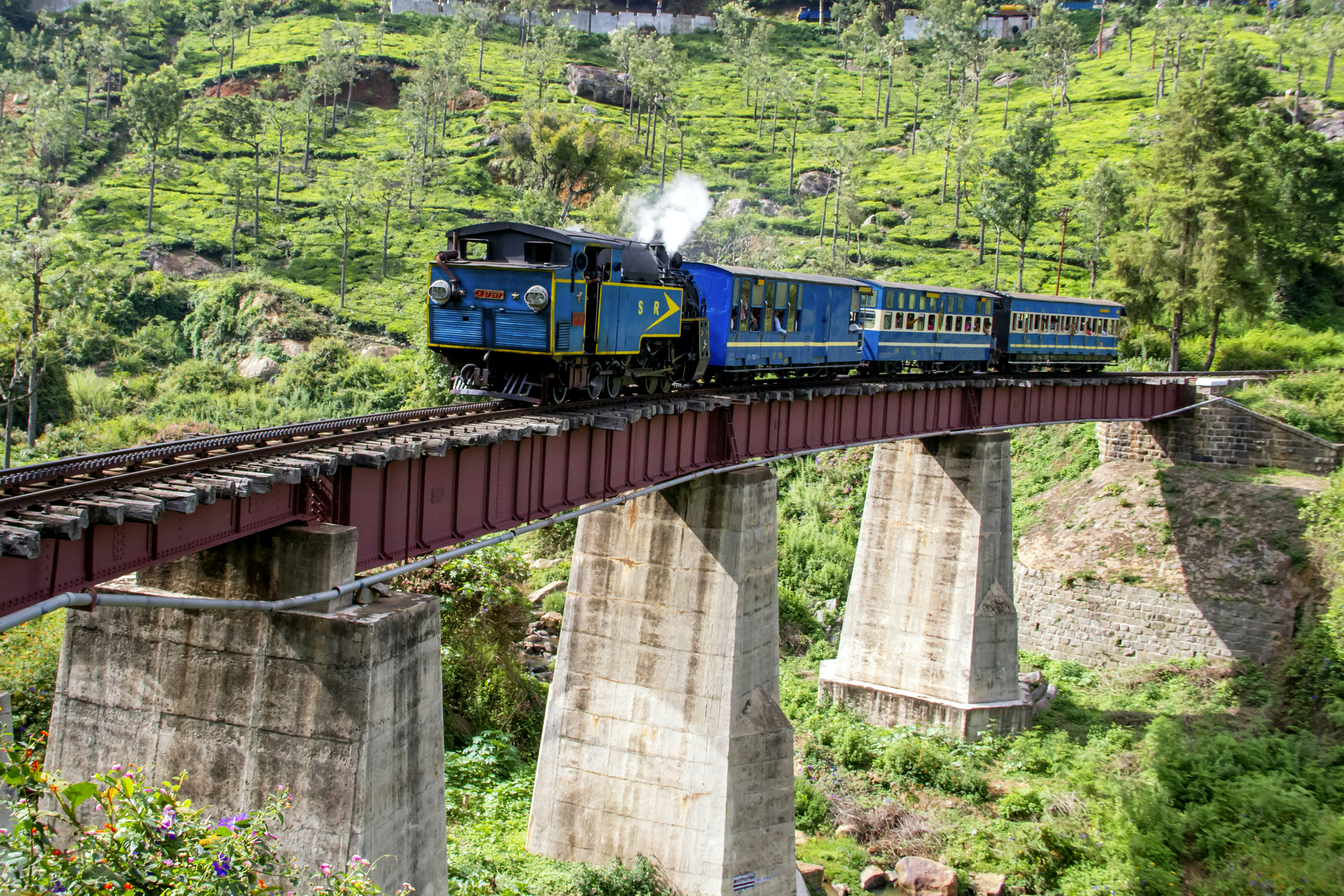
A quick guide to booking train tickets
India's trains have many different classes, with big variations in price. Air-con 1st class (1AC) is the cream of the crop, with two- or four-person compartments with lockable doors featuring seats that convert into beds, and a meal service delivered to your seat. Two- and three-tier air-con carriages (2AC and 3AC) are almost as comfortable, with berths arranged in compartments for six. Sleeper carriages are similar to 3AC, only with fans instead of air-con. All are great for overnight trips, saving the cost of a hotel room for a night in relative comfort.
Unreserved 2nd class is something of a free-for-all – incredibly cheap, often very crowded and best saved for short journeys in the countryside. For all reserved classes (sleeper class and above), there are special quotas for certain groups of passengers (including tourists); you may be able to get a seat even when the train appears to be fully booked, but you'll need to find the right booking desk, and the service may only be available at major stations.
Always try to book a few days in advance, or even further ahead at busy times such as during festivals. If the train is full, you may be able to book a Waiting List (WL) seat – many passengers cancel bookings, so a seat will often become available, and you'll get a refund if there isn't a space. If there are less than 10 people ahead of you on the list, the chances are often pretty good.
Train tickets can be booked at stations or online. The online booking process via the official Indian Railways website is complicated, however – you need a mobile phone to set up an Indian Railway Catering and Tourism Corporation (IRCTC) account, and you'll need to pay a fee with a payment card and verify your account on your phone and by email to use the service.
It may be easier to book through an international booking site such as 12GoAsia, though this only covers trains between larger towns. To book trains through efficient Indian booking services such as Cleartrip and Make My Trip, you'll need an IRCTC account.
Tips for booking India's trains: When booking a trip, you'll need to know the train number and the names (or the official two- to four-letter codes) for the start and end stations. Consult the hard-copy booklet Trains at a Glance (available from station bookstands), use the journey search engine on the Indian Railways website or visit Erail. The website Seat 61 is a treasure trove of information on Indian rail travel.
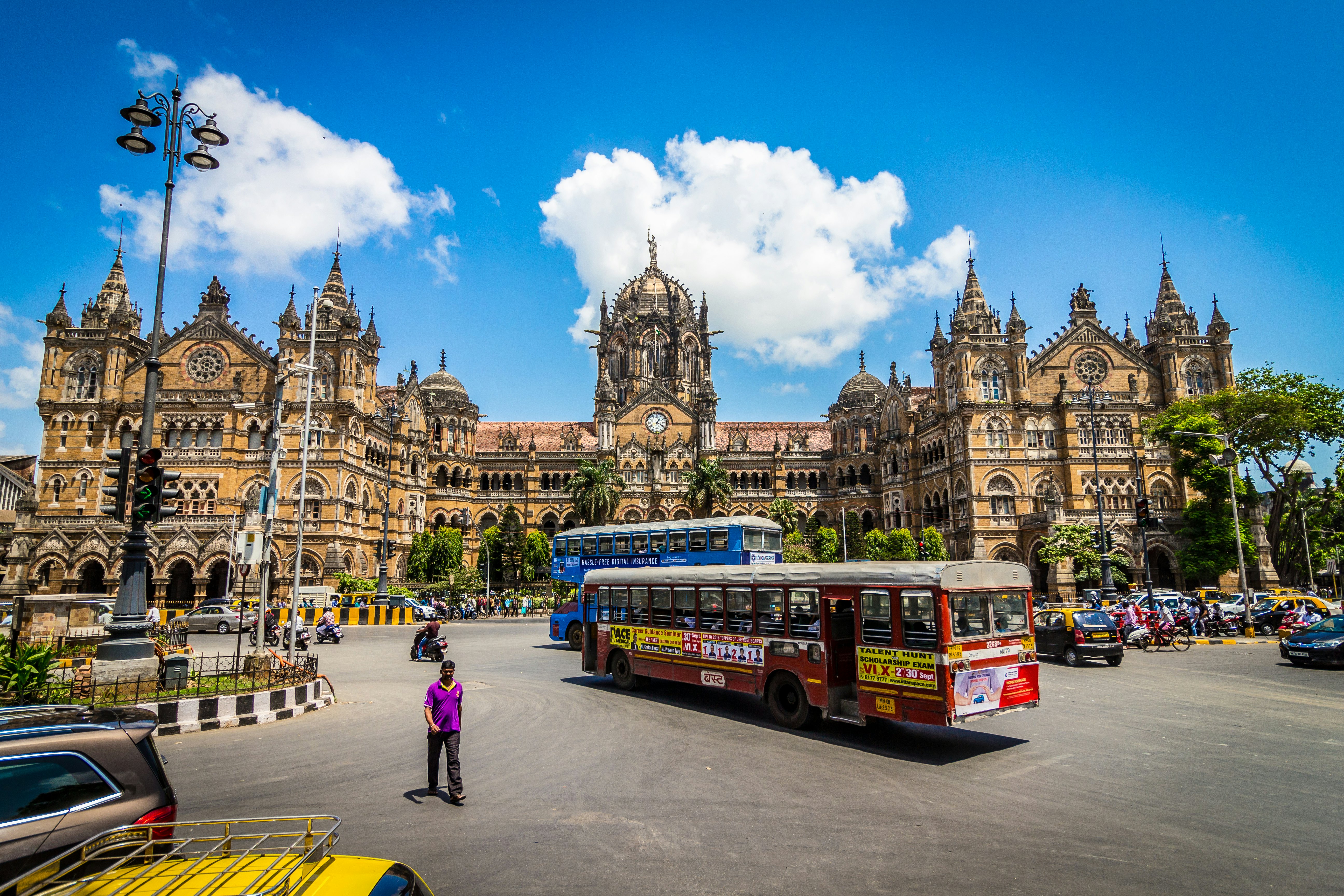
Buses are the backbone of Indian travel
India has a huge and impressive bus network, operated by both state-owned and private bus companies. Buses run almost everywhere at almost any time of day or night. Even if you can’t get where you want to go directly, there’ll often be a bus going halfway, and another bus completing the journey.
However, some travelers prefer to avoid night buses as drivers sometimes take advantage of the emptier roads to drive at reckless speeds. On any mountain journey, avoid sitting over the wheels or behind the rear axle, unless you want to be tossed around like spaghetti in a colander.
"Ordinary" buses run by state bus companies and local private operators are super cheap, but they stop everywhere and admit passengers until even the aisles are full. Prices increases for various classes of "deluxe” and “express” buses and go even higher for “Volvo” or “2x2” buses with airplane-style reclining seats. On longer routes, you can also find sleeper buses with flat beds – though this might involve sleeping next to a stranger unless you're willing to pay more for a solo berth.
Private companies tend to charge slightly higher fares than government buses, but their buses often leave from convenient city offices and drop off in several locations in each town they visit. If you take an overnight bus, check the arrival time, as some services will drop you off very early in the morning, before hotel staff are awake. The duration of any journey to or from a major city is often dictated by the traffic on the way out of town and at your final destination.
On many local services, every seat and every inch of space in the aisle will be filled with passengers. Make your way toward the doors before the bus reaches your stop to make sure you can disembark. Bags go under the bus or up on the roof (you may have to carry them up yourself via a ladder on the back of the bus). Keep bags locked, and be watchful at food and toilet stops; using an electronic AirTag or Tile tag to keep track of your bag can bring piece of mind.
If you’re traveling on from India, international buses run to Nepal, Bangladesh, Myanmar and Pakistan, though some services are not open to foreign tourists. The international bus services run by state governments are usually reliable, but be wary of “tourist buses” run by travel agencies: it’s not uncommon to be charged luxury bus fares for two local buses, one running on either side of the border.
Tips for bus travel in India: More comfortable classes of bus can usually be booked in advance at the bus station or through travel agencies. On local buses, someone will wander up and down the aisle collecting fares – don’t panic if the conductor doesn’t bring your change right away; this may only be handed over when you disembark. If your change doesn’t materialize, a gentle reminder is usually all it takes.

Shared 4WDs are the best way to experience the Himalayas
While buses travel high into the mountains, you can also get around on an army of shared 4WDs, from venerable, British-colonial-era Land Rovers to muscly local 4WDs made by Tata and Maruti. They’re sometimes known as "shared jeeps" or "Sumos" (the brand name of one of India’s best-selling 4WDs). Drivers charge by the seat (the roomier seat beside the driver may cost extra) and vehicles leave when full – or you can charter the whole vehicle for an immediate departure.
Shared 4WDs are more expensive than buses – but not by that much – and are by far the most comfortable way to reach hill towns such as Darjeeling and Leh in Ladakh. Being smaller than buses, they’re able to squeeze around landslides and navigate dirt roads that are unsafe for buses because of flooding or snow. You'll also find shared jeep services ferrying Indian tourists to temples and tourist sights from bus and train stations for much less than the price of a taxi.

Hiring a motorcycle or a car with a driver is a great way to explore
Few people self-drive rental cars in India, but it’s easy to find motorcycles and scooters for rent, including for long-distance trips across the Himalayas. Delhi’s Lalli Singh Adventures has decades of experience renting classic Royal Enfield motorcycles to riders attempting epic road-trip routes like the journey from Delhi to Ladakh.
To ride a motorcycle in India, you’ll need an international driving permit; this is not always asked for by rental companies but may be requested by traffic police. When hiring by the day for local exploring, you may be asked to leave your passport as a deposit; this is usually locked away safely till you return but you may be able to leave a large cash deposit instead. Ride slowly and defensively, and always give way to larger vehicles.
If you don’t feel up to the challenging driving conditions, renting a car and driver is an easy alternative, and the cost can be very reasonable when shared between several people. Find vehicles for hire through travel agencies or at taxi stands operated by local driver collectives.
Many stands display printed lists of excursions with fixed prices, or you can arrange bespoke half-day, full-day and multiday trips. Ask what languages your driver speaks – trips can be complicated if you can't make yourself understood. For multiday trips, check that the price includes fuel and the driver’s food and accommodation (drivers will make their own eating and sleeping arrangements).
Taxis and rideshares are great for shorter distances
Taxis are found everywhere in India, and they can be hired for in-town rides, day trips and multiday journeys. However, some taxis are only permitted to operate in certain areas, so don’t expect every cab to be able to take you across state lines. As well as conventional cabs, rideshares can be summoned via the Uber, Ola, Lyft and Bla Bla Car apps. Note that some apps only work in certain cities, and more rideshare drivers use autorickshaws than cars.
Officially, taxis should use the meter, but many drivers are disinclined to use their meters, so you’ll have to negotiate a fare before you set off. The taxis that loiter around tourist sites and train stations often overcharge, so flag down a moving cab for a better chance of paying a fair price. Prepaid taxi stands at major transport hubs offer cab rides at fixed prices.
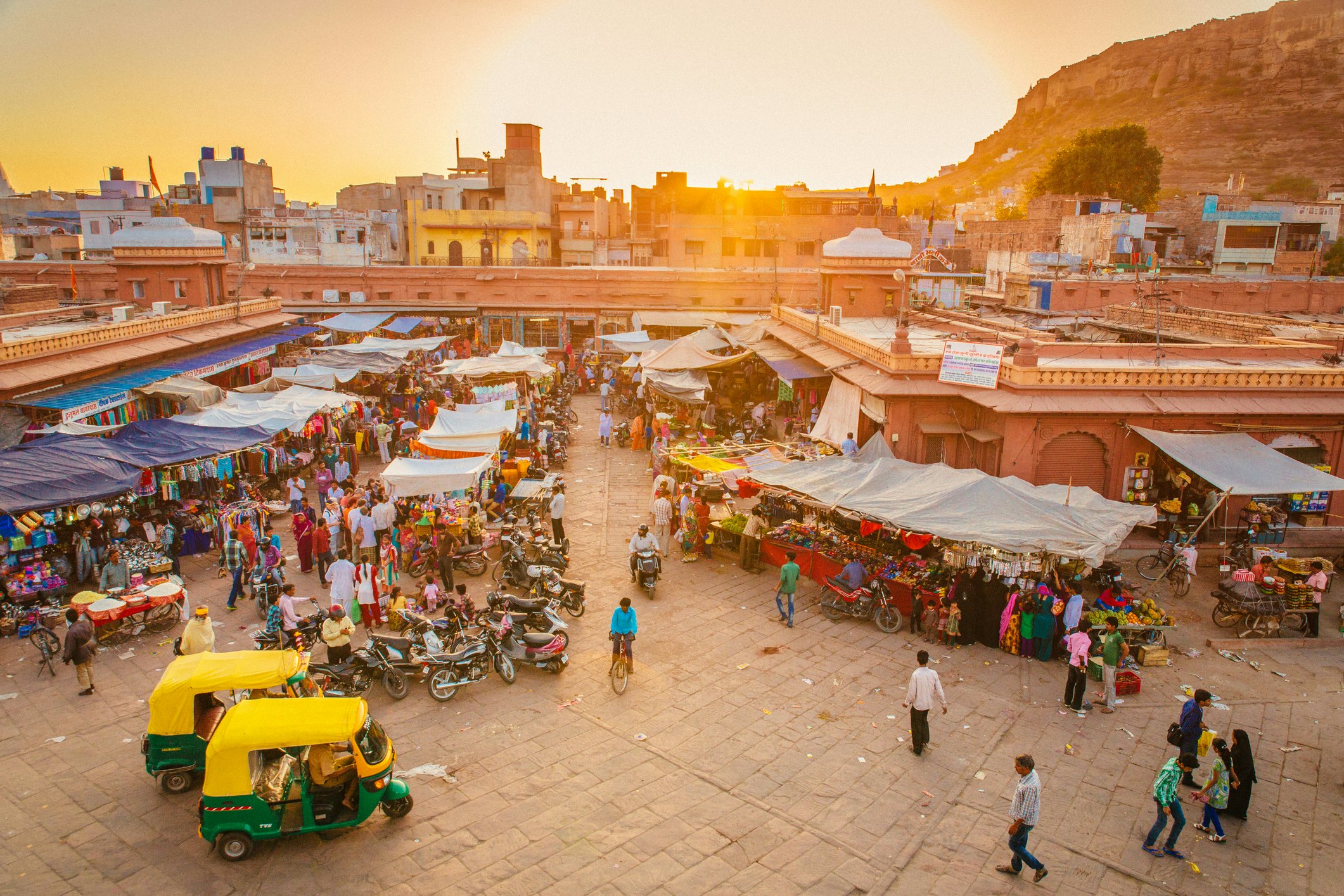
Urban transport in India is cheap and frequent
Urban transport in India is provided by busy city buses, taxis, rickshaws and auto-rickshaws, urban trains and – in some cities – clean, modern, air-conditioned metro systems. The metros in big cities such as Delhi, Kolkata, Mumbai, Bengaluru, Hyderabad, Chennai and Kochi offer an easy way to explore – and in some cases reach the airport – but you may have to haul your bag up and down steps and you'll have to pass through an airport-style metal detector when entering stations.
Cycle rickshaws and auto-rickshaws – small motorized vehicles with a cab and room for two or three passengers plus the driver – are the most popular form of transport for short trips in any Indian town. Auto-rickshaws have meters, though drivers are reluctant to use them. If you can’t get a metered ride, agree on a price with the driver at the start of the journey (unless you use the prepaid booking stands at major train stations and airports).
Environmentally friendly electric autorickshaws are becoming increasingly common, but they are sometimes not powerful enough for uphill trips – to hilltop forts in Rajasthan, for example – so check the driver can get you to your destination. Many autorickshaw drivers offer rides through Uber and other rideshare apps at moderate prices.
Tips for rickshaw travel: Don’t expect rickshaw walas (drivers) to have change for larger bills. Keep a stash of ₹10, ₹20 and ₹50 notes handy so you always have change to pay the fare. Don’t be too ruthless when haggling over a fare – drivers are poorly paid, and a few extra rupees can make a big difference to their take-home wage.
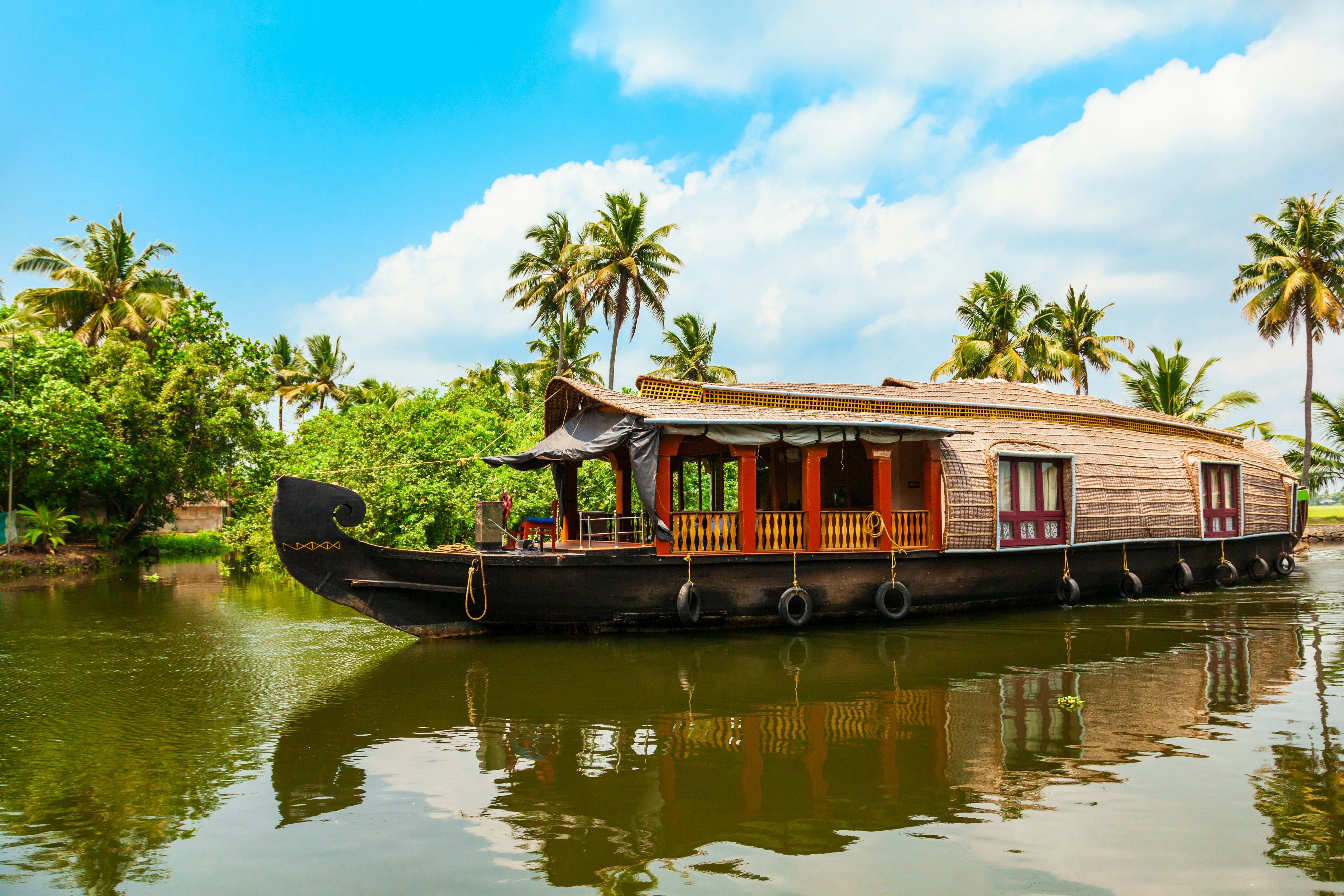
Boat cruises are an atmospheric way to navigate India's rivers
Ferries run across many rivers in India, but point-to-point trips along rivers or the ocean seaboard are uncommon. Slow sea ferries also run to Lakshadweep and the Andaman Islands. However, There are some wonderful luxury multiday cruise services along some of India’s major rivers, including evocative trips on the Ganges and Brahmaputra Rivers with Assam Bengal Navigation.
Overnight boat cruises also visit the Sundarbans National Park in West Bengal, and drift langourously along the backwaters near Alappuzha (Alleppey) in Kerala. In rural areas, look for delightful cross-river trips by wooden rowboat or coracle (a small, basket-like vessel) – including at the ruins of Hampi. In sacred towns all along the River Ganges, boat owners offer their services for rowboat tours, most famously in Varanasi.
Domestic flights will save time, at a carbon cost
Once upon a time, domestic air travel in India was a dubious proposition, with unreliable schedules, aging aircraft and elevated US-dollar fares for non-Indian passengers. Since the liberalization of air travel in India in the 1990s, domestic aviation has expanded massively, with bargain fares for online bookings with budget airlines that bring cheap air travel to the masses.
Given its environmental impact and the many inexpensive alternatives, many travelers are happy not to fly around India. However, a short flight can be a good way to avoid overland travel through areas with poor security (for example, in Kashmir and the Northeast States), or save days of rough travel in ancient 4WDs that aren’t exactly paragons of safety or environmental friendliness themselves.
If you want to fly sparingly, save internal flights for trips into the Himalayas. The flights to Leh in Ladakh and Pakyong in Sikkim rank among the world’s most spectacular air routes, with dizzying views of the tallest mountains on earth. With heavy competition, airlines come and go: Air India, Indigo and SpiceJet are presently the biggest carriers.

Accessible transportation is very limited in India
India can be a challenging destination for travelers with mobility issues. While locals are extremely helpful, infrastructure is variable, and the crowds and uneven pavements can make it tricky to explore at street level. Having a companion to help will always be an advantage.
Wheelchair users and the mobility impaired face particular challenges. Where pavements are found, they are often potholed and uneven and frequently full of people and vendors. Using the road instead can be dangerous because of speeding vehicles; take extra care when crossing the road as crossing signals are often ignored. Also, be wary of sidewalks made from concrete slabs laid over open drains – these are often wobbly or broken.
Steps, stairs and a general absence of ramps are further obstacles. Where hotels and other buildings have elevators, these sometimes only stop at mezzanine levels between floors. Upmarket hotels are more likely to have proper elevators and fully accessible rooms with bathrooms that will fit a wheelchair.
With the number of small steps and curbs to navigate, a folding manual chair is an easier option than an electric chair. If you charter a car or 4WD with a driver, you may be able to explore in comparative comfort, but note that in some cities, the boot of taxis is filled by an LPG/CNG tank, leaving no space for a folding wheelchair.
India’s buses and trains make little accommodation for travelers with disabilities. Among other things, they tend to be filled to capacity, providing a serious challenge for the mobility impaired. If you travel by train, staff can help you board and disembark, but it’s best to stick to the roomier air-con classes. The IRCTC offers an "e-wheelchair" service at select train stations. Many agencies offer specialist tours for travelers with disabilities, including Royal Indian Voyages, Disabled Holidays and Enable Holidays.









